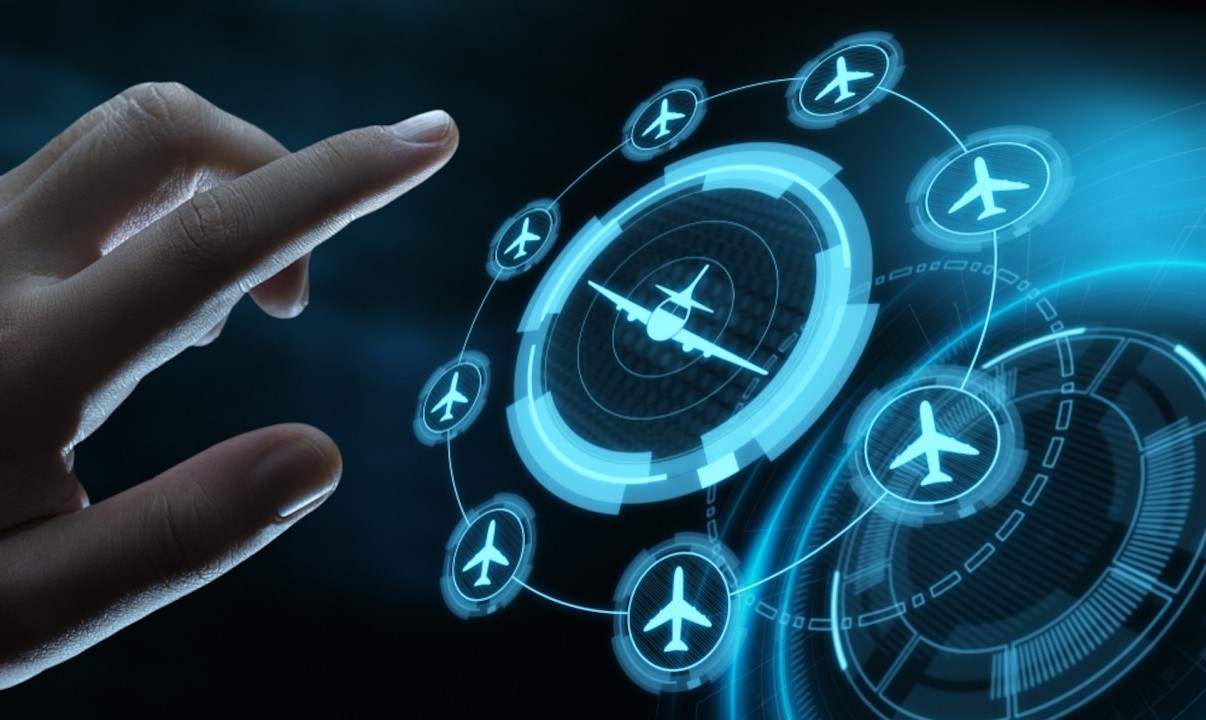
Ever wondered how aviation technology has transformed our world? From the Wright brothers' first flight to today's supersonic jets, aviation technology has come a long way. This blog post will take you on a journey through 16 fascinating facts about aviation technology. You'll learn about the innovations that make air travel safer, faster, and more efficient. Whether you're an aviation enthusiast or just curious about how planes work, these facts will give you a new appreciation for the marvels of modern flight. Buckle up and get ready to soar through the skies of knowledge!
Key Takeaways:
- Aviation technology has evolved from a 12-second flight in 1903 to electric planes and supersonic jets. The future holds zero-emission flights, autonomous drones, and even flying cars!
- From radar in World War II to modern GPS and biofuels, aviation technology has made flights safer and more sustainable. Get ready for zero-emission planes and supersonic jets cutting flight times in half!
The Birth of Aviation Technology
Aviation technology has come a long way since the Wright brothers' first flight. Here are some fascinating facts about its evolution and impact.
-
The Wright brothers' first flight in 1903 lasted only 12 seconds and covered 120 feet. This humble beginning sparked the aviation industry.
-
The first commercial flight took place in 1914, flying between St. Petersburg and Tampa, Florida. It carried one passenger and took 23 minutes.
-
World War I accelerated aviation technology. Planes were used for reconnaissance, leading to rapid advancements in aircraft design and performance.
Innovations in Aircraft Design
Aircraft design has seen numerous innovations over the years, making flights safer, faster, and more efficient.
-
The introduction of jet engines in the 1940s revolutionized air travel. Jet engines allowed planes to fly higher and faster than ever before.
-
The Boeing 747, introduced in 1969, was the first wide-body aircraft. It could carry more passengers and cargo, making long-haul flights more economical.
-
Composite materials, such as carbon fiber, are now used in aircraft construction. These materials are lighter and stronger than traditional metals, improving fuel efficiency.
Advances in Navigation and Communication
Navigation and communication systems have also seen significant advancements, enhancing the safety and reliability of air travel.
-
The development of radar during World War II allowed for better tracking of aircraft, reducing the risk of mid-air collisions.
-
GPS technology, introduced in the 1990s, revolutionized navigation. Pilots can now pinpoint their exact location anywhere in the world.
-
Modern aircraft are equipped with advanced communication systems, allowing constant contact with air traffic control and other aircraft.
Environmental Impact and Sustainability
As aviation technology advances, so does the focus on reducing its environmental impact and promoting sustainability.
-
Modern jet engines are significantly more fuel-efficient than their predecessors, reducing carbon emissions per passenger mile.
-
Airlines are investing in biofuels and other alternative energy sources to reduce their carbon footprint.
-
Aircraft manufacturers are designing planes with improved aerodynamics to reduce drag and improve fuel efficiency.
The Future of Aviation Technology
The future of aviation technology looks promising, with exciting developments on the horizon.
-
Electric aircraft are being developed, promising zero-emission flights. These planes could revolutionize short-haul travel.
-
Supersonic jets are making a comeback. Companies are working on new designs that could cut flight times in half.
-
Autonomous aircraft, or drones, are being used for various purposes, from delivering packages to conducting search and rescue missions.
-
The concept of flying cars is becoming a reality. Several companies are developing prototypes, aiming to make urban air mobility a common sight in the near future.
The Sky's the Limit
Aviation technology has come a long way since the Wright brothers' first flight. From supersonic jets to drone deliveries, the advancements are nothing short of amazing. Autopilot systems make flying safer, while composite materials make planes lighter and more fuel-efficient. GPS navigation ensures precise routes, and in-flight Wi-Fi keeps us connected at 35,000 feet.
Electric planes are on the horizon, promising greener skies. Virtual reality is training the next generation of pilots, and AI is optimizing flight operations. The black box continues to be crucial for safety investigations. Noise-canceling technology makes flights quieter, and advanced weather radar helps avoid turbulence.
Aviation technology isn't just about getting from point A to B; it's about doing so safely, efficiently, and comfortably. The future of flight looks bright, with endless possibilities waiting to take off.
Frequently Asked Questions
Was this page helpful?
Our commitment to delivering trustworthy and engaging content is at the heart of what we do. Each fact on our site is contributed by real users like you, bringing a wealth of diverse insights and information. To ensure the highest standards of accuracy and reliability, our dedicated editors meticulously review each submission. This process guarantees that the facts we share are not only fascinating but also credible. Trust in our commitment to quality and authenticity as you explore and learn with us.


